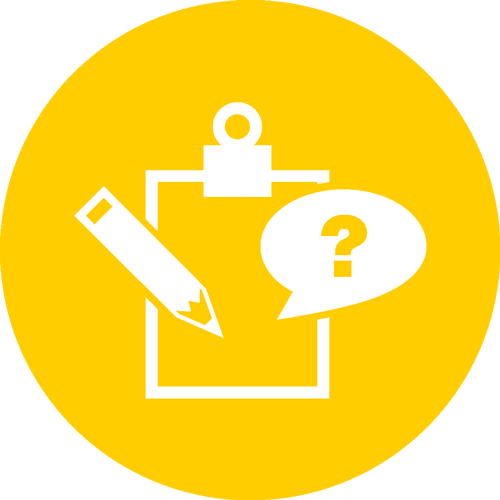Covering Content
Planning Instruction & Learning Activities (read full series)
What is it?
Helping students learn and internalize content knowledge is a complex task, a process that leads to change, which occurs as a result of experience (Mayer, 2002)1 . Learning is something that students must actively do themselves, not something that they passively receive from an instructor (Ambrose et al., 2010). Since traditional lecture is still a widely used form of content delivery, other strategies can be used to engage students while still promoting learning.
Research
Lecture can be an efficient way to communicate information to students, especially when paired with active learning activities (Gregory, 2013). Evidence shows inquiry-based learning promotes higher-level thinking, critical thinking and problem-solving skills (Nilson, 2010), and can improve students’ acquisition of course content (Luckie et al., 2012). Writing-to-learn activities can also promote students’ learning of content, performance on exams, and course engagement (Bean, 2011). Active, cooperative, and problem-based learning activities also have impact for diverse learners, and for low-income, first-generation college students (Engle & Tinto, 2008).
Data
 of UCD students rated their analytical and thinking skills as good (or very good or excellent) when they began.
of UCD students rated their analytical and thinking skills as good (or very good or excellent) when they began. rated their oral communication skills as good (or very good or excellent) (UCUES, 2018).
rated their oral communication skills as good (or very good or excellent) (UCUES, 2018).
Teaching Strategies
-
Break up lecture with discussion activities such as think/write-pair-share. You can ask the class a question, and then give students a few minutes to think about or write down a response. Students then pair up and share their ideas.
-
Utilize minute papers, short writing activities, where students write short responses to questions meant to gauge their understanding of a class concept.
-
Plan a jigsaw activity where students work in small groups to develop knowledge about a given topic and to formulate effective ways of teaching it to others. These expert groups then break up, and students return to their home groups for peer-to-peer teaching.
-
Consider “flipping” the classroom. Students are exposed to course concepts and content prior to class (through videos, reading, podcasts, etc.), while class time is devoted to practicing and applying these course concepts through a variety of active learning activities.
Students say ...
- “In some classes, professors lecture every day, but it doesn’t mean I understand. In some classes, instructors reduce the quantity of content covered, so I engage with key course concepts at a deeper level.”
- “I once had an instructor who asked us to regularly free-write. These were short and ungraded writing activities that really engaged me in the course topics.”
Reflection
- How might you incorporate authentic writing assignments where students practice the types of writing and thinking in which professionals in their discipline actually engage?
- How can you integrate more frequent checks for understanding? For example, using clickers (Polleverywhere, Mentimeter, Socrative, etc.) to assess how students are understanding the lecture and whether you may need to go over a topic.
- 1List of all references in the complete JITT Guide.






